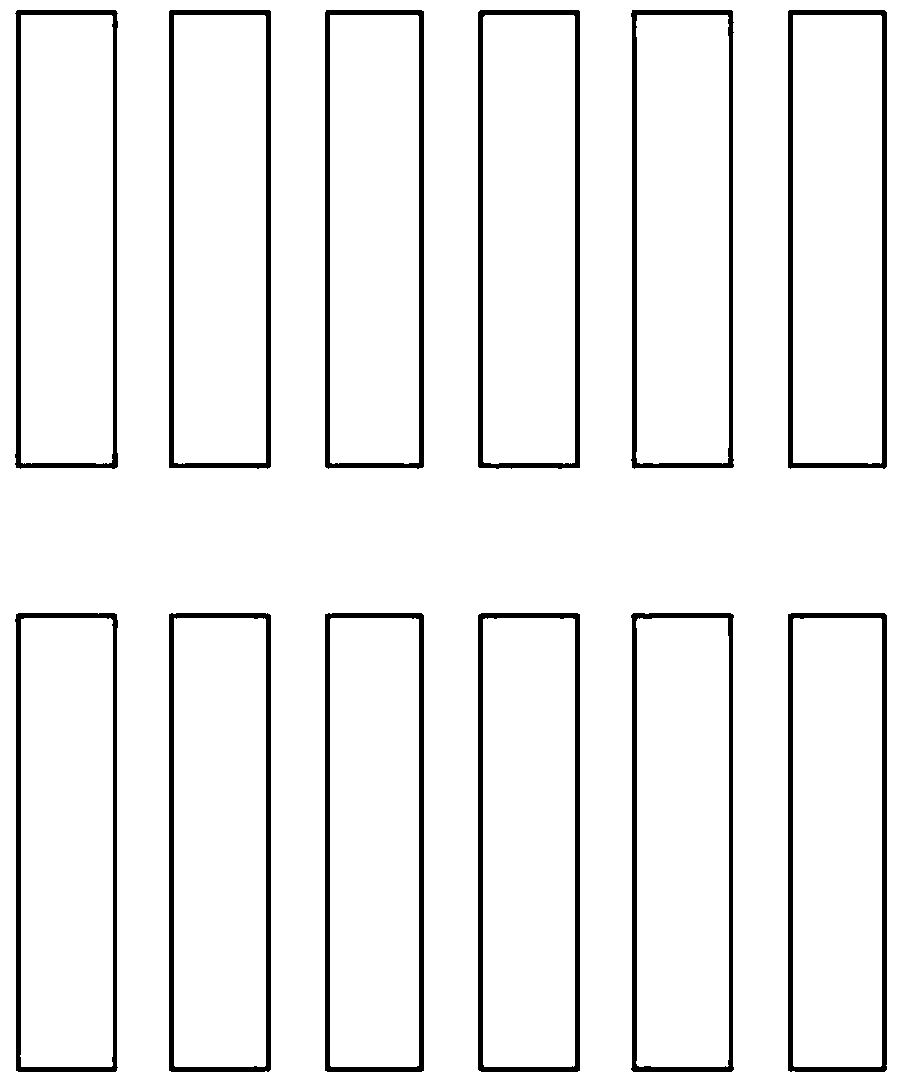Method for cultivating earthworms in greenhouses using cow dung as bed base and using domestic sludge
A technology for greenhouses and domestic sludge, applied in animal husbandry and other directions, can solve problems such as the inability of continuous treatment of biochemical sludge, and achieve the effects of increasing the probability of survival, reducing contact area, and improving treatment efficiency.
- Summary
- Abstract
- Description
- Claims
- Application Information
AI Technical Summary
Problems solved by technology
Method used
Image
Examples
Embodiment 1
[0038] 1. Pre-treatment of sludge
[0039] Take the sludge produced by the domestic sewage treatment plant, control the moisture content at 70%, adjust the carbon-nitrogen ratio to 20, add straw to the sludge to make sludge mixture, and the volume ratio of straw to sludge is 4:6 .
[0040] 2. Make the earthworm base bed and introduce it
[0041] 1. The width of the greenhouse is 8.8 meters and the length is 100 meters. Two earthworm base beds are made in the greenhouse. The base material is fermented and decomposed cow dung. The two base beds are arranged along the length of the greenhouse and are respectively located in the greenhouse On the front and rear sides, a 10-meter-long area is reserved at both ends of the greenhouse as the working area. The nearest side of one of the foundation beds is 1.2 meters away from the root of the plastic cloth of the greenhouse, and the nearest side of the other foundation bed is 1.2 meters away from the wall. In the middle of the greenho...
Embodiment 2
[0058] 1. Making earthworm base bed introduction
[0059] 1. The width of the greenhouse is 6 meters and the length is 60 meters. A rectangular earthworm bed is made in the shed. The bed is arranged along one side of the plastic sheet of the greenhouse, and the nearest side of the bed is 1.5 meters away from the plastic root. The other side of the foundation bed is 3 meters away from the wall as a work pass. The earthworm bed is 15 centimeters thick, 1.5 meters wide, and 40 meters long; there is a 10-meter-long working area at both ends of the shed.
[0060] 2. It is standard to water for 3 consecutive days until the bed has water flowing out before the introduction;
[0061] 3. Test bed: Take earthworms and divide them into 12 piles at random, according to 5g / m 2 Sprinkle it into the bed to observe whether all the earthworms have entered the earthworm bed or whether there is any death phenomenon. If there is any abnormality, continue to water until the water flows out of th...
Embodiment 3
[0078] The method of cultivating earthworms in a greenhouse using domestic sludge as a bed base with cow dung, the steps are as follows:
[0079] 1. The width of the greenhouse is 8 meters and the length is 100 meters. Make two parallel four rectangular earthworm beds in the greenhouse. The two opposite beds form a group. The two groups of beds are arranged along the front and rear sides of the greenhouse. Open 10 meters wide for the work area. The nearest side of a group of beds close to the plastic sheet in the greenhouse is 1.2 meters away from the plastic root, and the nearest side of the other group of beds (away from the plastic sheet in the greenhouse) is 1.2 meters away from the wall, leaving a 3-meter-wide area between the two groups of beds. Homework passing. Each worm bed is 13 centimeters thick, 1.3 meters wide, and 70 meters long; there is a 10-meter-long working area at both ends of the shed.
[0080] 2. It is standard to water for 3 consecutive days until the ...
PUM
 Login to View More
Login to View More Abstract
Description
Claims
Application Information
 Login to View More
Login to View More - R&D
- Intellectual Property
- Life Sciences
- Materials
- Tech Scout
- Unparalleled Data Quality
- Higher Quality Content
- 60% Fewer Hallucinations
Browse by: Latest US Patents, China's latest patents, Technical Efficacy Thesaurus, Application Domain, Technology Topic, Popular Technical Reports.
© 2025 PatSnap. All rights reserved.Legal|Privacy policy|Modern Slavery Act Transparency Statement|Sitemap|About US| Contact US: help@patsnap.com


